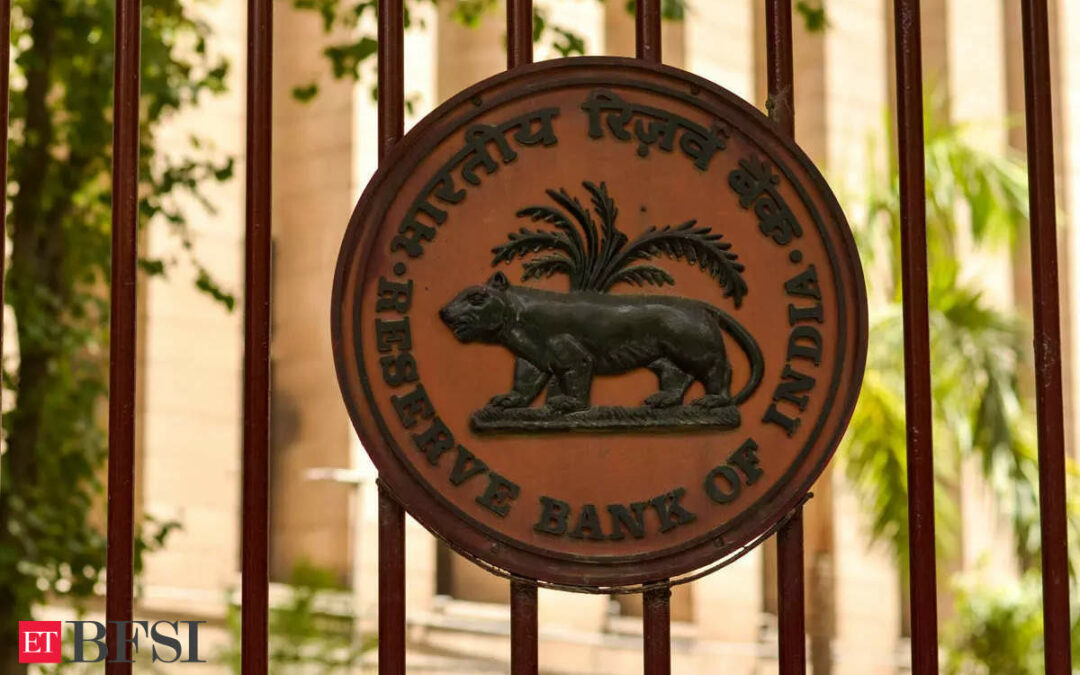In its latest notification, the RBI has intensified its regulatory tightening on the potential NPAs of lenders, camouflaged through investments in the Alternative Investment Funds (AIF).
The important thing is that with the latest move, the central bank is expanding its grip over corporate lending from its earlier announcements directed towards retail lending and the contagion risk arising from over-exposures through NBFCs.
What are RBI’s concerns?
RBI has noticed investments by regulated institutions (REs including Banks, NBFCs, and FIs) in AIFs, who have also funded companies that have taken loans from RE.
This would create scope for corporates/banks to hide slippages, where defaults on debt servicing by a company can be funded indirectly by the lending RE itself, using the AIF route.
Hence, the reported slippages/recovery of bad debt may be understated.
How is the RBI attacking this subterfuge?
If an RE has already invested in an AIF that has direct or indirect exposure in the debtor company of the RE, then the RE will need to liquidate such investment in the AIF within 30 days of this circular (starting from Dec 19th, 2023).
So, by 18th Jan 2024, all such existing outstanding investments by REs will be liquidated.
Going forward, investments of REs in AIFs having direct or indirect exposures in the debtor company of the RE shall not exceed 30 days.
What are the implications:
Currently, the banking system has Non-SLR exposure of INR 8.9tn. Of these investments in bond/debentures/shares of entities excluding PSUs and Private corporates (classified as Others by RBI) stand at INR 1.1tn (Sep’23).
We think investments of banks in AIFs are classified under this “Others” category. Exposures of NBFCs and FIs would be in addition to this.
The tightening of AIF exposures of REs would imply a significant outstanding investment coming for liquidation within the next 30 days.
This would tighten credit conditions for many companies, specially those that have low credit ratings and were using the AIF route to circumvent tighter regulatory norms of the RBI.
This credit tightening can have a cascading effect on existing direct credit exposures of banks linked to such companies. In addition, it will also have an impact on the credit quality of the interconnected firms.
From the prospective standpoint, the restriction of such AIF exposures of REs to a maximum of 30 days would also preclude usage of such routes to evergreen credit exposures of defaulting companies.
Overall, these restraining measures can impact the corporate credit growth of banks, which is already languid, along with a rise in credit costs.
The big picture is that the RBI is now expanding its fold of credit tightening measures from retail to corporate lending, transitioning from the earlier monetary tightening regime.
In Nov’23, the RBI increased the risk weights on various non-collateralized retail lending. It had also sounded caution over a) sub-limits within uncollateralized retail lending, b) lenders relying on asset-liability management mismatch to sustain margins, c) contagion risk from NBFC exposures, d) Algorithm-based retail underwriting, and e) MFIs charging usurious interest rates to marginalized clients.
In the backdrop of the latest measures and concerns raised it is likely that the central bank will continue to withdraw regulatory forbearances provided to lenders in the aftermath of the pandemic shock.
Possibly they have outlived their utility and are now fueling lending excesses that can impair financial stability.
Such a context could be inimical to the valuations of the BFSI sector, especially the lenders have shown a proclivity towards underpricing various risks.
(The author is Co Head of Equities & Head of Research – Strategy & Economics at Systematix Group)
(Disclaimer: Recommendations, suggestions, views, and opinions given by experts are their own. These do not represent the views of the Economic Times)










